AAA: There's Too Many Driver Assistance Tech Names

If you read this website regularly, browse automobiles online, or have taken a trip to the dealership within the last couple of years, you’ve probably noticed the countless names applied to driver assistance systems appearing in new cars. It’s the result of automakers wanting proprietary names for these features that they think sound catchy.
Not everyone is a fan. The American Automobile Association (AAA) doesn’t feel that “having twenty unique names for adaptive cruise control and nineteen different names for lane keeping assistance” helps consumers make informed decisions.
According to its own research, AAA claims that advanced driver assistance systems (ADAS) were available on 92.7 percent of new vehicles on sale in the United States as of May 2018. That makes them next to impossible for consumers to avoid. Thus, the motor club group feels it’s time for automakers to standardize their naming strategies — if for no other reason than to help preserve our sanity.
In a study published earlier this month, AAA attempted to break down just how extensive this issue has become. It isn’t just the number of names being thrown around, it’s also the terms used by various brands to describe it.
For example, you might find adaptive cruise control under its most common name, but you also might hear it called Smart Cruise Control, Intelligent Cruise Control, Adaptive Cruise Control with Queue Assist, Dynamic Radar Cruise Control, Distronic Plus, Traffic-Aware Cruise Control, or something else cooked up by a marketing team.
Worse still is that regulatory bodies and automotive standards organizations such as the NHTSA and SAE even have their own unique terms for some of these technologies. AAA says all this naming inconsistency is basically a monumental disservice to all parties involved, and should be changed.
From AAA:
The intent of this paper is to create a dialog with the automotive industry, safety organizations and legislators about the need for common naming for advanced driver assistance systems. Within this report, AAA is proposing a set of standardized technology names for use in describing advanced safety systems. AAA acknowledges that this is a dynamic environment, and that further input from stakeholders and consumer research will further refine this recommendation.
In establishing a conversation within the industry to strive for a common goal, AAA doesn’t want any dilly-dallying. Based on research data ending in May of 2018, automatic emergency braking was standard on 30.6 percent of all new models, lane keeping assistance reached 13.9 percent, and adaptive cruise control on 11.8 percent. Those numbers shoot up dramatically when you incorporate optional equipment.
Additionally, prices for these features are starting to drop. Twenty automakers have already promised to make systems like automatic emergency braking standard across their product lines by 2022 — “suggesting increasing prevalence of the technologies in the future,” according to AAA.
A large part of the problem is the speed of the technology’s proliferation. Regulatory bodies are having difficulty keeping up and aren’t using consistent naming strategies, either. For example, the NHTSA has used at least three different technology names for automatic emergency braking, including “Dynamic Brake System” and “Collision Imminent Braking.”
Granted, not all of these technologies incorporate the same hardware of function identically. But they share common objectives, which AAA thinks should be enough to bind them under a single name.
Honestly, we don’t mind a few rogue names for certain technologies, but there really are too many to contend with right now. Looking through the 34 brands sold in the United States, AAA found that automakers use twenty different names for adaptive cruise control, nineteen for lane keeping assist, nineteen for blind sport warning, eighteen for automatic high beams, fourteen for rear cross traffic warnings, and twelve for parking assist.
There are also ADAS packages that bundle a lot of this technology together. But these also use proprietary names. For example, Ford has a “Safe and Smart Package,” Mazda has “i-ACTIVSENSE,” and Tesla has “Enhanced Autopilot.” While a relatively small sample taken from the industry, they’re indicative of the whole. None of these packages offer the same number of features and their names don’t actually indicate what they might entail.
While AAA claims automakers can totally reserve the right to choose their own system and package names, it offered up a list of proposed terms it would like to see become standard, urging automakers to at least incorporate them into manuals and window stickers. It also provides a list of proposed terms for the industry to mull over.
You can read the full study here if you’re curious about AAA’s recommended naming strategy, or if you just want to how many different monikers automakers use for the various ADAS technologies.
[Image: Mazda]

A staunch consumer advocate tracking industry trends and regulation. Before joining TTAC, Matt spent a decade working for marketing and research firms based in NYC. Clients included several of the world’s largest automakers, global tire brands, and aftermarket part suppliers. Dissatisfied with the corporate world and resentful of having to wear suits everyday, he pivoted to writing about cars. Since then, that man has become an ardent supporter of the right-to-repair movement, been interviewed on the auto industry by national radio broadcasts, driven more rental cars than anyone ever should, participated in amateur rallying events, and received the requisite minimum training as sanctioned by the SCCA. Handy with a wrench, Matt grew up surrounded by Detroit auto workers and managed to get a pizza delivery job before he was legally eligible. He later found himself driving box trucks through Manhattan, guaranteeing future sympathy for actual truckers. He continues to conduct research pertaining to the automotive sector as an independent contractor and has since moved back to his native Michigan, closer to where the cars are born. A contrarian, Matt claims to prefer understeer — stating that front and all-wheel drive vehicles cater best to his driving style.
More by Matt Posky
Latest Car Reviews
Read moreLatest Product Reviews
Read moreRecent Comments
- Orange260z I'm facing the "tire aging out" issue as well - the Conti ECS on my 911 have 2017 date codes but have lots (likely >70%) tread remaining. The tires have spent quite little time in the sun, as the car has become a garage queen and has likely had ~10K kms put on in the last 5 years. I did notice that they were getting harder last year, as the car pushes more in corners and the back end breaks loose under heavy acceleration. I'll have to do a careful inspection for cracks when I get the car out for the summer in the coming weeks.
- VoGhost Interesting comments. Back in reality, AV is already here, and the experience to date has been that AV is far safer than most drivers. But I guess your "news" didn't tell you that, for some reason.
- Doc423 Come try to take it, Pal. Environmental Whacko.
- 28-Cars-Later Mazda despite attractive styling has resale issues - 'Yota is always the answer.
- 28-Cars-Later Try again.



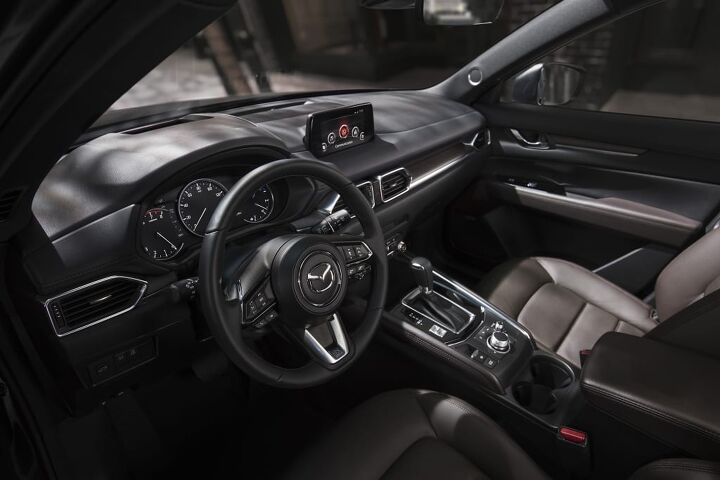















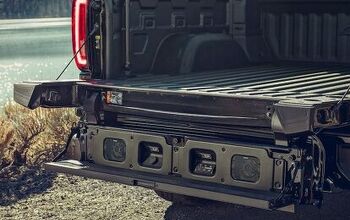
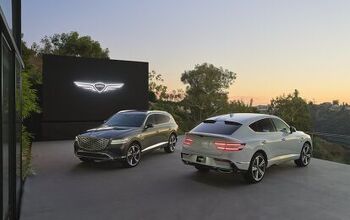

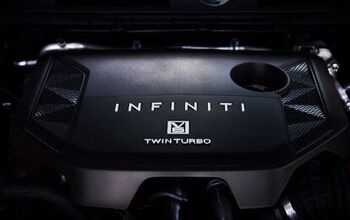
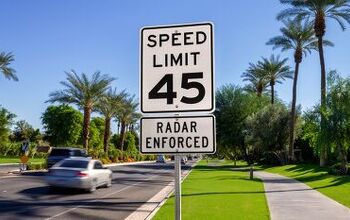
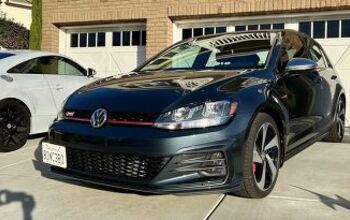
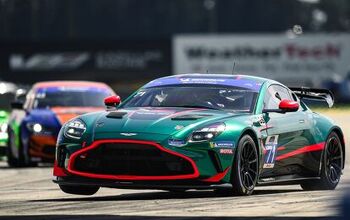
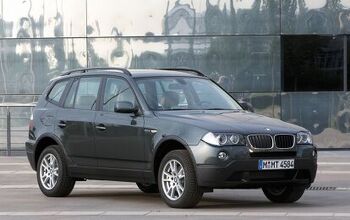
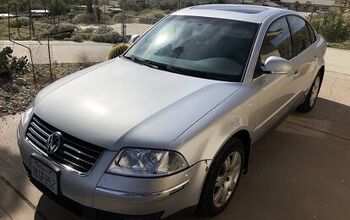
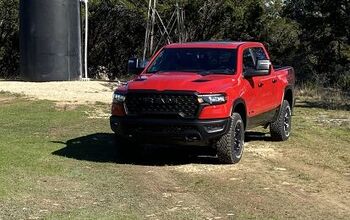
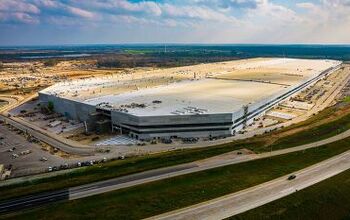

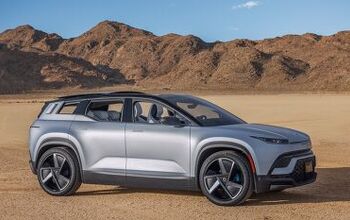
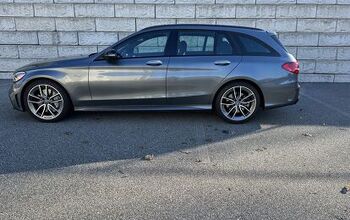
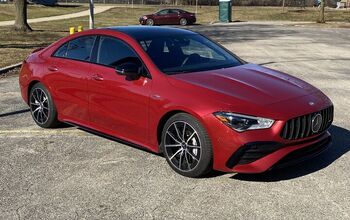
Comments
Join the conversation
"AAA: There’s Too Much Driver Assistance Tech" Fixed
My car has DVD navigation - that I've never used. It also has a lapsed OnStar thing - that I've never used. My truck has satellite radio - that I've never used. Both cars have old-bones Cruise Control - that I've never used, in either of them. Strangely, I've never had a crash, or even a fender-bender, in 32 years of driving. I did get a speeding ticket back in 1986 that would get me three years in the electric chair ( on 'sizzle' ) these days, but I paid it. I don't think that any of this technology would have prevented that, anyway.